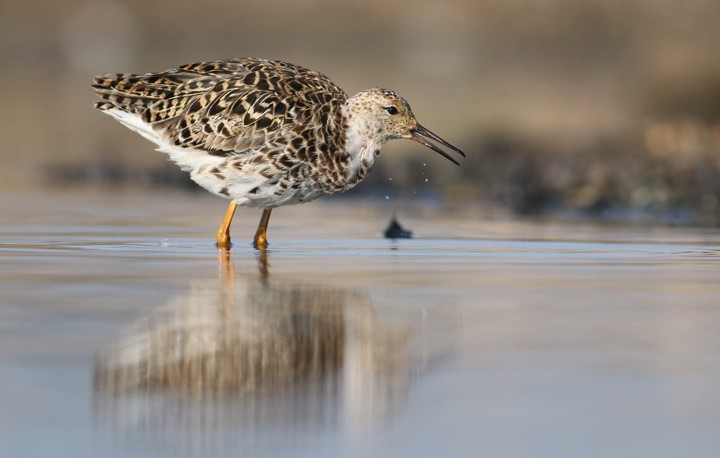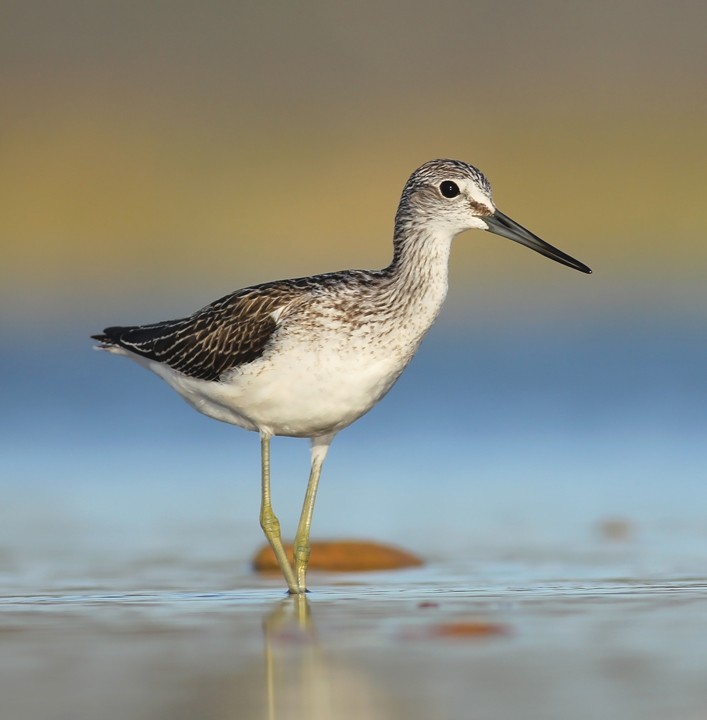Opis
Ormož lake was created by damming river Drava for hydroelectricity production purposes in neighbouring Croatia. The lake itself is cut in half by the border between the two countries. Ormož basins were previously used as storage tanks for wastewater from the sugar factory in Ormož. Large concentrations of nutrients led to an abundance of food – the abandoned pools therefore became an important location for many nesting and migratory endangered bird species.
Szczegóły
Dostęp
You can get to the lake and basins either by train or intercity bus. Both stations are situated in Ormož and are fairly close. From the train station you head towards river Drava on the road in direction of the stream. After about a 10 minute walk you reach the embankment (on your right), from where you can observe the lake. If you want to reach the Ormož basins, you have to leave the embankment by crossing one of several footbridges. You continue your way on the dirt road, which turns left, leading to the basins. Here you have to be especially careful not to harass birds. On your visit therefore please stay on the dirt road. Do not walk among pools and on embankments! The visit of the lake and the lagoons will take you a whole day.
Teren i siedlisko
Tereny podmokłe , Rzeka , Błota , TrzcinowiskaWarunki
PłaskiTrasa dookoła
NieCzy luneta będzie przydatna ?
TakUdany sezon obserwacyjny
Przez cały rok , Zima , Wiosna , JesieńNajlepszy czas na wizytę
Jesienne migracje , Wiosenne migracjeTrasa
Droga nieutwardzona , Szeroka ścieżkaPoziom trudności szlaku pieszego
ŁatwyDostępne
Pieszo , Rower , SamochódCzatownia/platforma obserwacyjna
TakDodatkowe informacje
Lake Ormož and basins are a very important for birds. In winter you can observe the gęś białoczelna , ges zbozowa and gęgawa here. Many duck species, great flocks of łyska and bielik. Winter is also a time when the gągoł and bielaczek frequently occur. Reeds growing at the beginning of the lake are a nesting place for several species of warblers and bączek in the summer. Numerous species of gulls can be found on the lake. Occasionally rare gull species can be seen.
In spring, summer and autumn the Ormož basins are a place where you can observe different waders such as the krwawodziób and brodziec śniady, and (even!) brodziec pławny, kwokacz, rycyk and sieweczka obrożna. In time of migration various species of waders and dabbling ducks are present in the area. Water pools are a nesting place for rybitwa rzeczna, śmieszka and szczudłak. The podgorzałka, a species of global environmental concern, nests here as well. Singing of wodnik (zwyczajny) can often be heard from the reeds in summer months, and with some luck we can also hear the zielonka and kropiatka. In the warm half of the year we can observe the błotniak stawowy (which also nests here) and in winter time the błotniak zbożowy often glides over the reeds.


